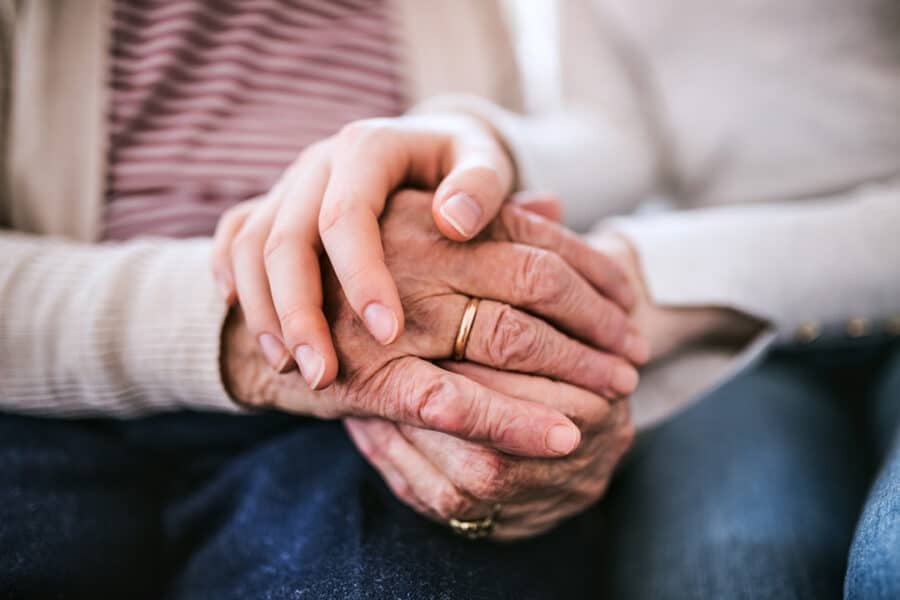
Most people know that exercise helps aging adults stay healthy. With the right workout routine, you can manage your pain and keep your body functioning the way it should.
But did you know exercise can also improve some disease symptoms?
Research shows that activity is very important for people with Parkinson’s Disease. Some movements can help manage symptoms and slow progression of the disease (1).
To get the most out of a workout routine, work with a licensed physical therapist. After evaluating your symptoms, they can make an exercise plan that is right for you.
Let’s look at some of the movements that can help patients with Parkinson’s Disease. Of course, this article doesn’t replace a doctor’s visit. Before starting a new exercise routine, talk to a trained health professional.
Strength Training
No, strength training isn’t only for bodybuilders. Certain strengthening exercises, like swimming, are also important for older adults.Many patients with Parkinson’s Disease have weak muscles. Weightlifting can strengthen your muscles and help you keep normal motor function (2).
Stretching
Hip and calf tightness are common issues for people with Parkinson’s Disease (2).
Yoga, flexibility exercises, and regular stretching can improve tightness. A physical therapist can create a stretching routine that improves your mobility.
Practice Walking
Parkinson’s Disease can make it hard to walk or climb stairs. Physical therapists can help you practice these movements.
Practicing walking will make you feel more stable and confident to go out in public (3).
Balance Exercises
Parkinson’s Disease can affect your balance. So, it is often hard to stand or walk.
Tai chi, yoga, and other balance exercises make you feel more stable and regain mobility (4). A physical therapist can help you improve your balance so you can lower your chances of falling.
Aerobics
Walking, dancing and other aerobics are great ways for all aging adults to stay active.
Aerobics can also help people with Parkinson’s Disease have a better quality of life. These exercises can improve disease symptoms like depression, constipation, and stiff muscles (5).
Exercise is key for aging adults, especially those with Parkinson’s Disease. The right movements can slow the progression of the disease (1). Some exercises can also help manage its side effects.
This article provides general information and does not replace consultation with a doctor. Talk to professional, like Dr. Donovan at Heather Lane Physical Therapy, before starting an exercise routine.
Resources:

